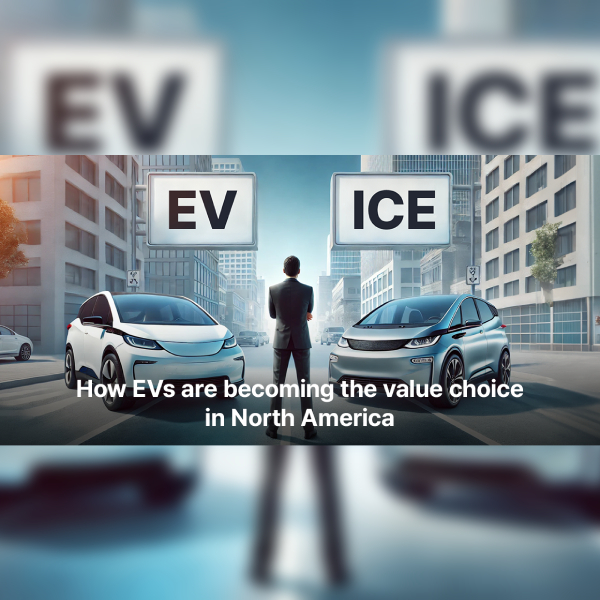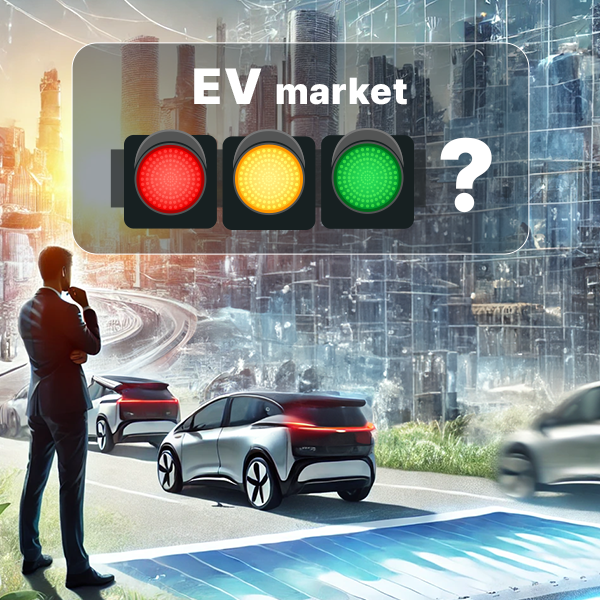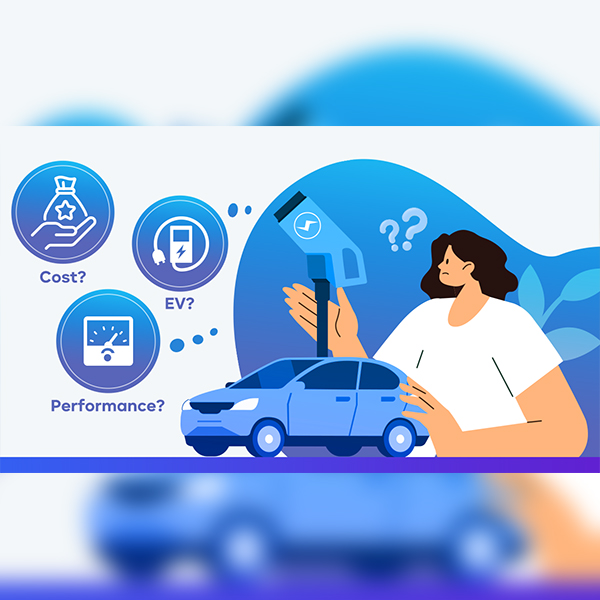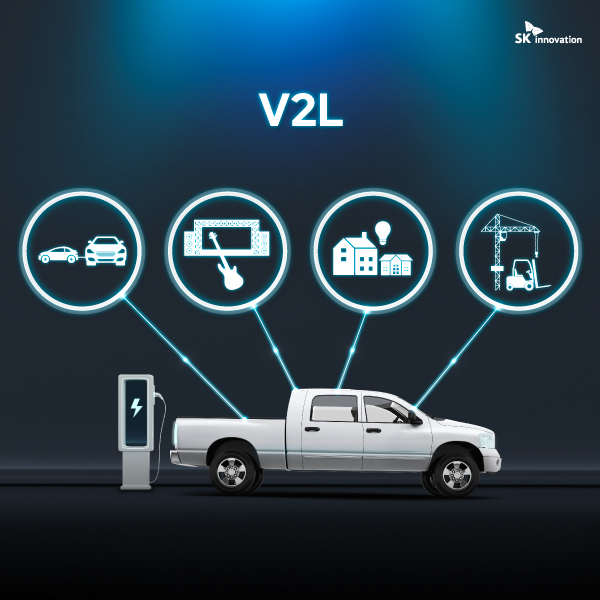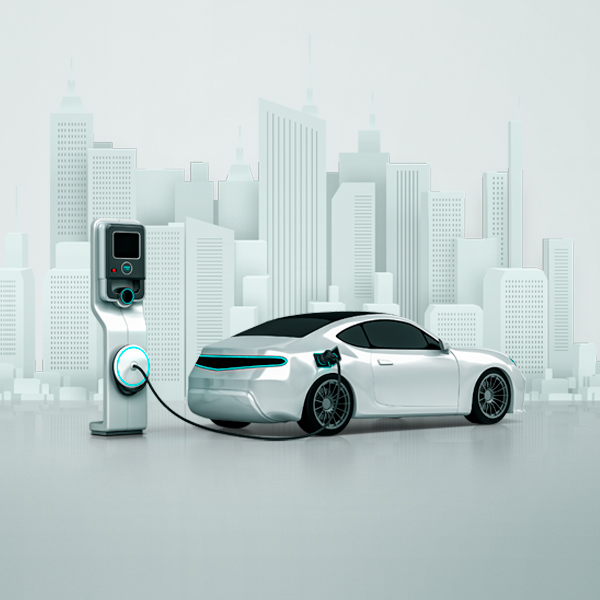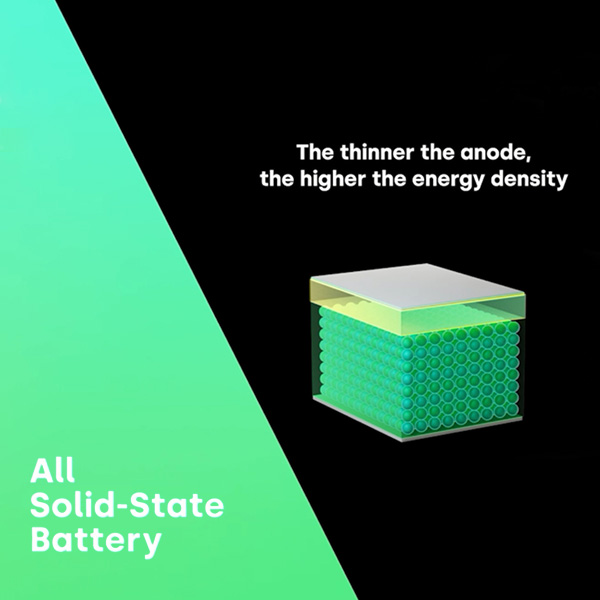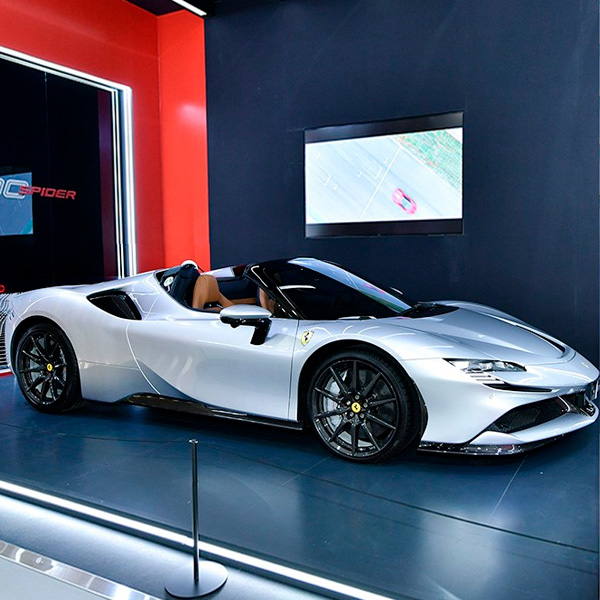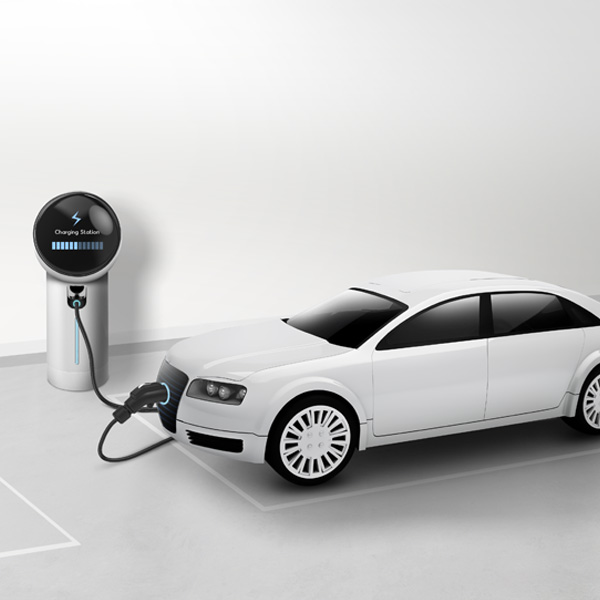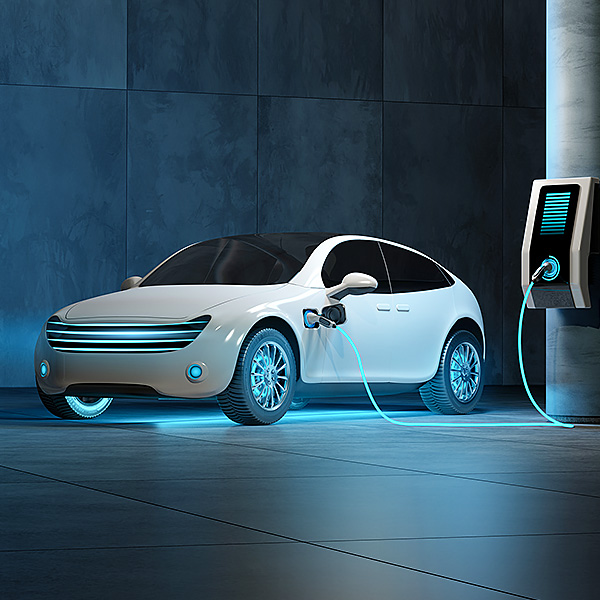 Expert Voices
Expert Voices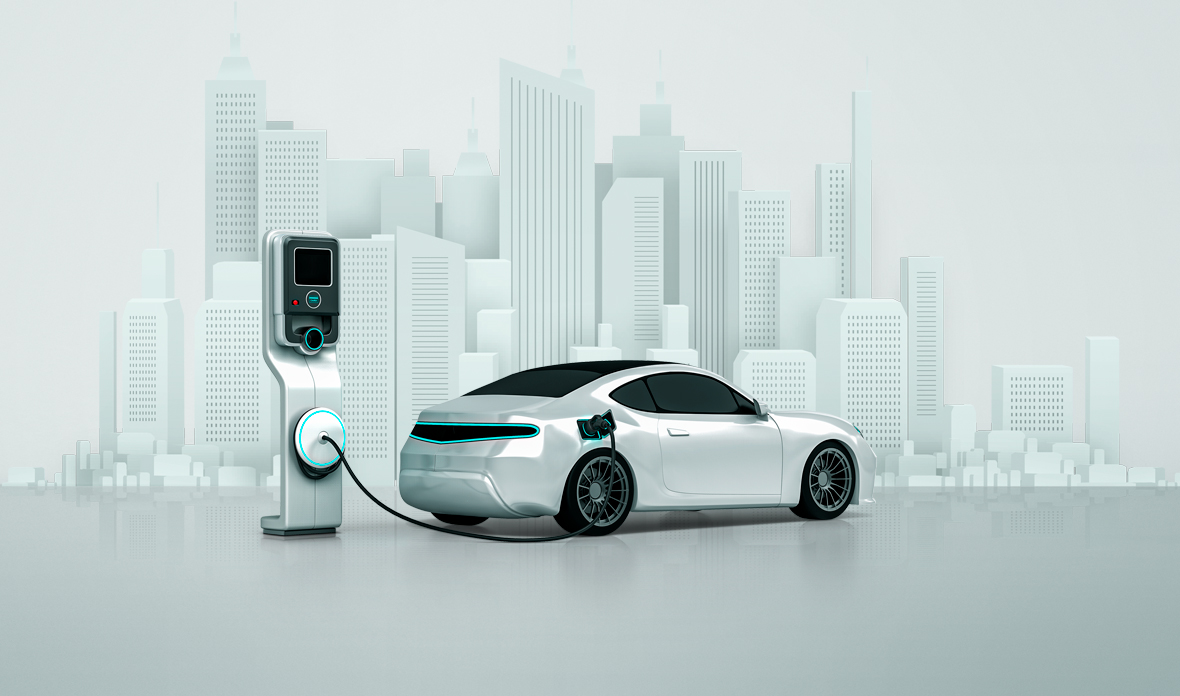
“It’s the ‘IT IS’ problem that we need to solve for EVs, not so much the vehicles,” a senior automotive executive friend told me. IT IS stands for “It’s The Infrastructure, Stupid”, a wordplay on Bill Clinton’s 1992 presidential campaign slogan of “It’s the Economy, Stupid.”
And he’s not wrong.
We need great infrastructure to attract people to own EVs, especially as sales now jump from early adopters to a mainstream audience, a buying group that has no patience for things not working as they should.
Yet, how do we build charging infrastructure to attract buyers if not enough people use the chargers? This is the classic Chicken and Egg problem – Which comes first? EVs or EV charging?
More than a decade ago Tesla came upon a major realization: the answer is BOTH EV charging AND EVs. To be successful, customers need convenient and reliable charging locations to fully enable the flexibility of a gasoline or diesel vehicle, and Tesla’s Supercharger network has become the gold standard.
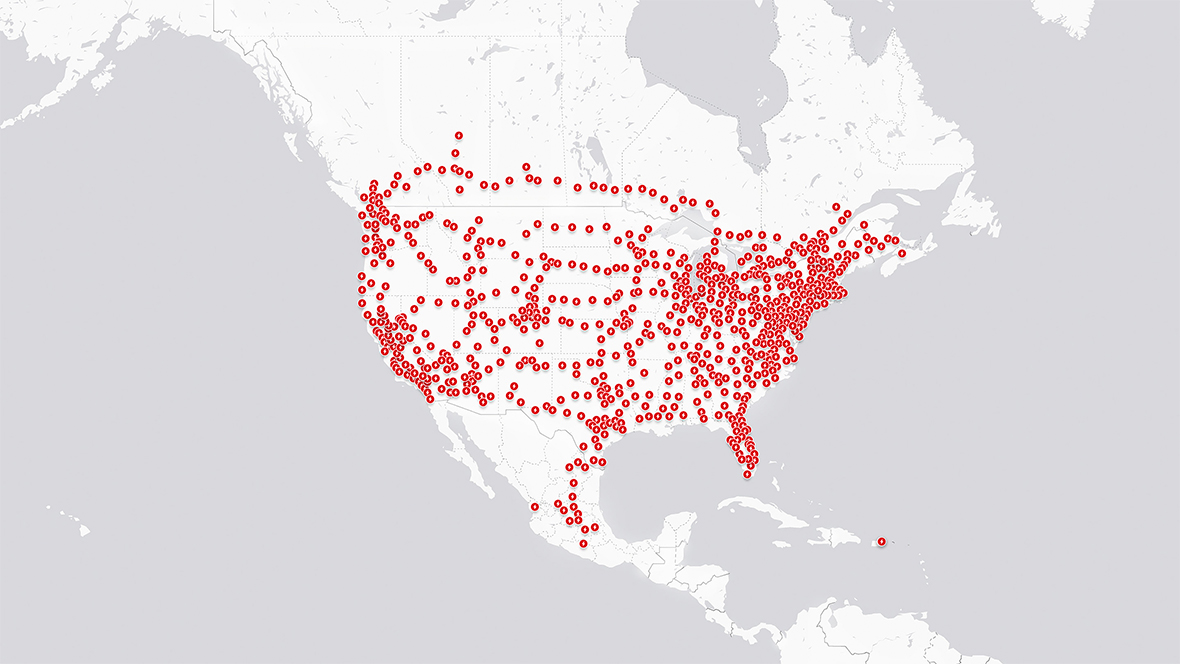
▲ Tesla Superchargers in North America in 2022 (Source: Tesla)
As other companies have jumped on the EV charging bandwagon, there’s been a big problem: communication. Many different charging companies with many different vehicles to charge, resulted in the lack of standardization in cross platform communication. This created many multiple apps for payments often with clunky operating systems – a real headache for consumers.
That’s when the chargers are actually working. A recent study by the University of California Berkley found that more than one quarter of chargers tested in the San Francisco Bay area were not operational; and anecdotally, from social media and friends with EVs, this experience is commonplace. A part of the problem is that EV chargers need maintenance, especially DC fast chargers. Things wear out and sometimes there’s occasional vandalism, which comes at a cost, such that many companies do not even bother to fix them.
For BC Hydro, in Canada, their policy is very different. EV charging is deemed an essential service, so problems are evaluated and dealt with in 24 hours. If there’s no easy fix, the charger is replaced by a spare kept on hand, and the faulty unit taken back to the workshop for repair.
However, not everyone is as diligent as BC Hydro. In the UK, the government were forced to take action by mandating that EV chargers must have 99% up time – i.e., they are only allowed to be non-operational for 3 days per year.
It’s this type of mandate for EV chargers as an “essential service” that’s critical. EV drivers rely on chargers to charge their vehicle, and finding one broken is an aggravating experience that could leave you stranded.
Besides public charging, the other area of infrastructure that needs significant attention is charging for apartment and condominium buildings. Compared to those who live in a house that typically have easily installed charging, for multi-unit building residents, EV ownership come with many more challenges.
Home charging is incredibly important as most data shows that 80 to 90% of all charges are completed where people live, and, thus for most buyers, easy access to charging at home is the difference between purchasing an EV or a vehicle with an IC engine. Combined with EV growth in the total vehicle fleet in service, this is exactly what is driving McKinsey’s charger forecast for 2030 below.
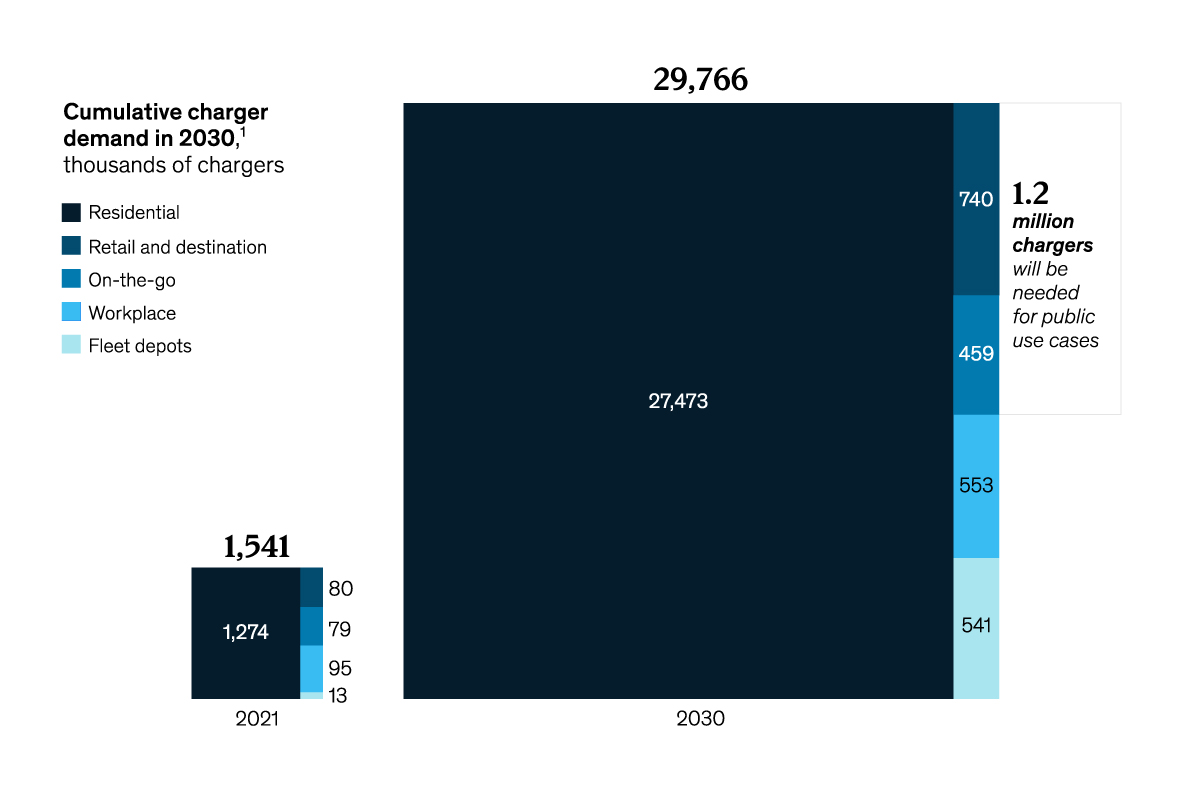
▲ McKinsey’s forecast of cumulative charger demand in 2030. Source: McKinsey
While new laws in many regions are being introduced to mandate chargers for new apartment buildings, retrofitting charging to existing buildings can be expensive and difficult. During the early stages of EV uptake, managed charging systems can provide some assistance in balancing demand within the supply constraints of the building. However, as more and more vehicles become electric, this won’t work. Wholesale electrical upgrades will be needed, and this comes with a big price tag.
Fortunately, new ideas and technologies are beginning to fill some of these gaps.
In the U.S., a start-up called SparkCharge is providing mobile batteries that can charge vehicles wherever they are parked overnight. Instead of you driving to the charger, the charger comes to you.
Another solution is UK’s Zumo Charge. Here, a series of ‘juicers’ riding scooters come by, pick up your car and plug it in at the nearest charging station. They then return the vehicle when the charging is completed.
While both solutions are innovative and relatively frugal on capital expenditure, they rely on manual effort and complicated logistics to work, which makes them sub-optimal for the long term.
There are other new charging ideas as well. One example is electric road systems, which is where vehicles are charged dynamically as they are driven, either by a conductive strip or overhead line, or wirelessly through embedded charging pads in the road. Only short demonstration systems have been shown to date, and no OEMs have committed to this technology for production vehicles yet.
Another example of an interesting new technology is battery swapping, which greatly reduces the time needed to stop to charge the vehicle. In Taiwan, this has become extraordinarily popular with Gogoro moped scooters which have small, hand carriable batteries. However, its transition to cars remains murky. To date, only Chinese OEM Nio has launched this technology to the public.
So, unfortunately, these systems have yet to progress towards infrastructure ubiquity, and their lack of interoperability with most EVs on the road means that the chances of these systems progressing in the market place aren’t high.
Thus, while new technology ideas might fill niches, the boring, standard plug type charging infrastructure in the common plug formats are the ones that will be rolled out en masse.
The good news is that governments around the world are recognizing the importance of EV charging infrastructure to support the roll out of climate friendly EVs, and are stepping up to help overcome these challenges. As EVs can make great strides in reducing CO2 and smog emissions, there’s a collective imperative to break down the barriers to EV ownership by providing support for a broad-based infrastructure rollout.
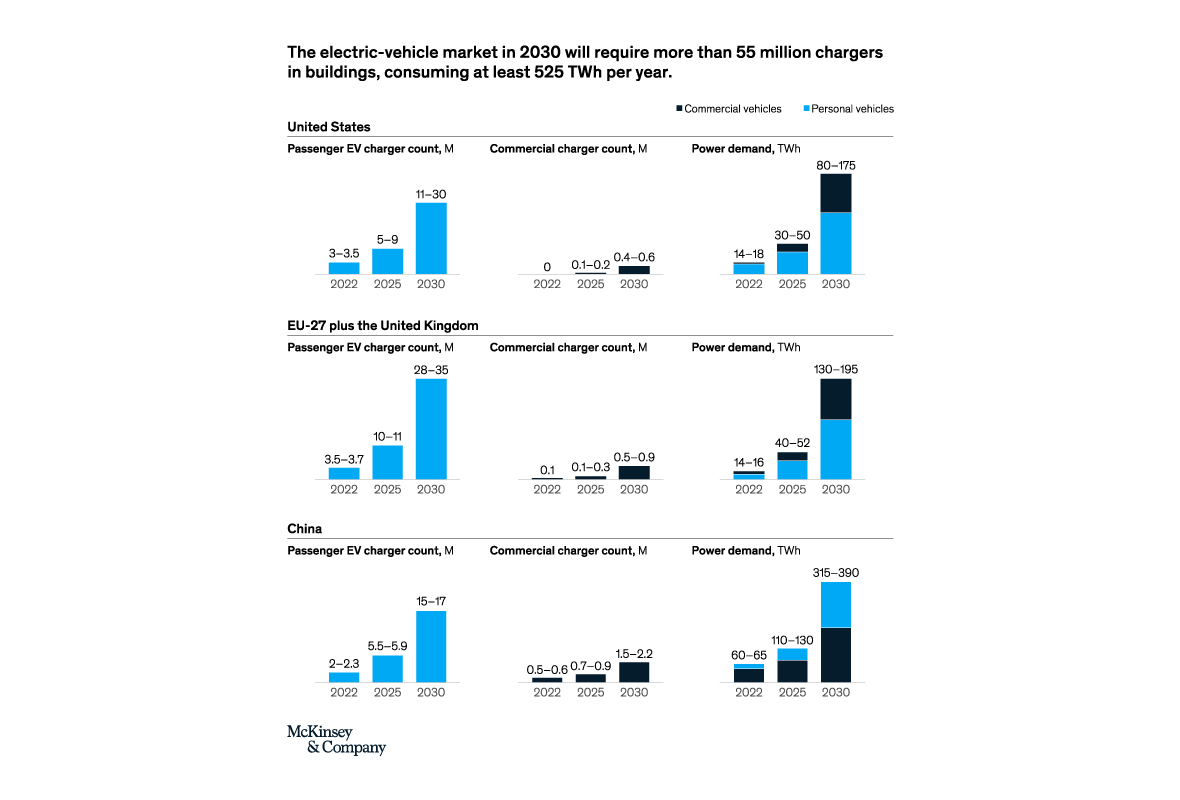
▲ Source: McKinsey
Indeed, the targets set by some governments is quite astounding. By 2030, the EU has targeted 3 million charging points, with Germany alone planning for 1 million points. Across the pond, the U.S. is targeting a huge 500,000 DCFC chargers to be installed.
Governments are also stepping up with special funding in areas where a profitable business case might be difficult. One example is providing infrastructure with longer pay back periods. In Vancouver, Canada, the city council is installing EV chargers for rental condo buildings. The chargers are owned by the city and the returns used to pay back the installation over a long amortization period.
Another example is the US’s recent Inflation Reduction Act that has specified $7.5 billion to upgrade EV charging infrastructure. It includes support for charging in economically disadvantaged areas, as well as funding to kick start emerging new sectors, such as heavy-duty vehicles.
Examples like this of governments making big moves to support EV charging are ensuring that the ‘IT IS’ problem will be solved, and that the electric vehicle transition happens as smoothly and quickly as possible. It’s the breakthrough that truly solves the ‘chicken and egg’ problem, so now we can confidently say to the automotive manufacturers, “Bring on the cars!”










 Youtube
Youtube Facebook
Facebook Instagram
Instagram Linkedin
Linkedin








